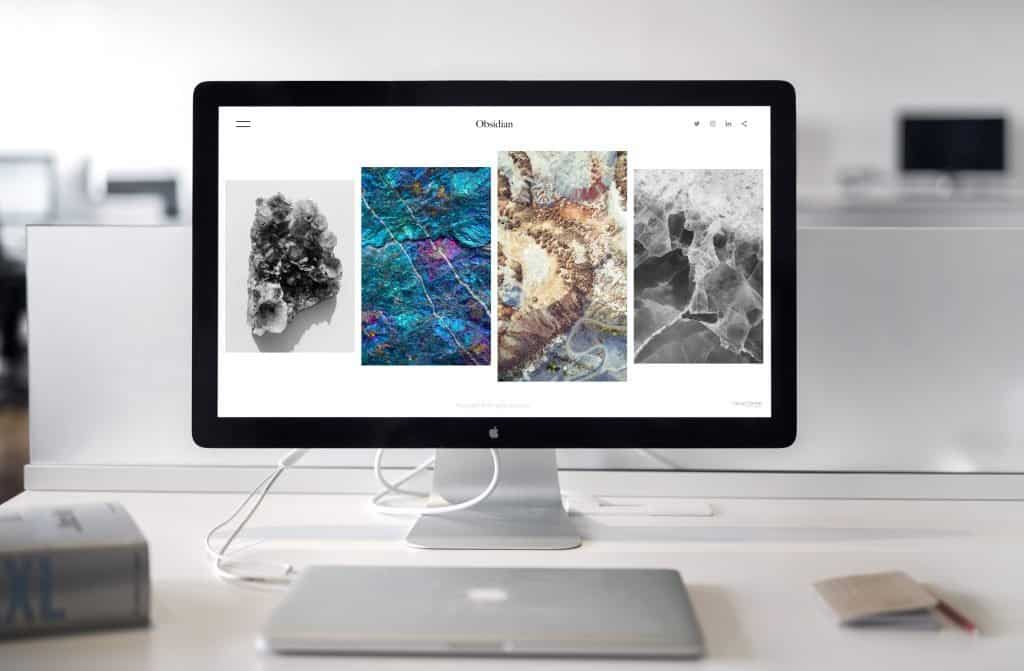With more and more businesses adopting an online presence these days, how do you stand out from the crowd? You could impress your leads with an attractive landing page, or you could amuse them with entertaining posts on social media. Better yet, you could offer them a seamless, user-centered, and well-designed web assets. Indeed, Usability is recognized as one of the most important factors behind business success.
Ensuring a positive UX is a little tricky – you need to understand your customers well, who they are, what they do, what makes them tick, and what annoys them. Here are the five components of usability:
#1. Learnability: Are the users able to accomplish basic tasks effortlessly the first time they visited your website?
#2. Efficiency: How quickly can users perform tasks?
#3. Memorability: Whenever users return to the design, can they reestablish proficiency smoothly?
#4. Errors: How many are the total number of user errors, how serious are the errors, and can they recover quickly from these errors
#5. Satisfaction: How convenient is it to run the design?
These data need to be applied to all the elements of your website, especially on its interaction design.
Interaction design and its importance
Interaction design is exactly what its name implies – it is all about designing the interaction between your website or app and its users. It involves looking at each and every element of your website, including the text, images, animations, videos, colors, buttons, and others, to ensure that they allow users to meet their goals easily, quickly, and conveniently.
Therefore, it requires a deep understanding of human behavior and the ability to predict how users will react to the different elements of the app or website. As a concept, it is broad; one that requires several disciplines, including copywriting, content strategy, information structure, and visual design, to overlap and interplay.
Interaction design is crucial because it helps you build meaningful relationships with your clients. Nobody wants to visit websites or use apps that are difficult to use. They want something that feels like it was designed for them. Imagine meeting someone who doesn’t even bother establishing rapport with you. Would you be interested in being that person’s friend? With today’s consumers focusing much on your brand’s personality, it’s important that you show them you’re easy to work with and that your website or app can actually provide them value. You can do these with effective interaction design.
What is the psychology behind interaction design?
Based on its definition and goals, you can hypothesize that some of the roots of interaction design may be traced back to psychology, in particular, cognitive psychology. This branch of psychology has to do with cognitive processes like memory, thought, creativity, problem-solving, and learning. Interaction design takes from many elements and concepts being studied in cognitive psychology, including these three:
Mental models
This term pertains to the mental images that depict a person’s expectations of a system or interaction. As an interaction designer, you need to learn your intended users’ mental models so you can make the systems you create as intuitive as possible.
Interface metaphors
Do you know why most app and web designers continue to use the image of floppy disk despite the device being as good as obsolete? This is because users have come to associate an icon with the Save function.
In designing your website or app, make use of symbols and icons that your users are already familiar with, even when the actions they lead to are new.
Affordances
The elements in your site that users can interact with must not just be designed to perform a specific action; they must also be designed to look like they can perform an action. For example, when designing a clickable button, make sure it looks like users can indeed click on it. This is why buttons are made to look clickable by making them look like they were embossed onto the page.
Five dimensions of interactive design language
These are the five dimensions to take into account when considering your website or app’s interaction design:
Behaviour
Just as the name implies, you need to consider how users react to the different elements of the website or app. How did they feel? You also need to understand how the four previous dimensions helped elicit the response you observed. Finally, try to take advantage of these responses by determining how they can improve the experience of future users.
Space/Physical Objects
Users access your website or app differently from each other. Some use laptop or desktop computers, while others use their mobile devices. Certain users browse the web in the comfort of their office chair, while others surf while grabbing a quick latte. Think of which objects your potential customers use to access your website or app, as well as the spaces they’re probably in, and imagine how these factors can influence the way they interact with your brand.
Time
Think of how users interact with media that change with time, such as sounds, animations, and videos. These media can affect how users perceive the duration of their stay in your site or how long they have been using your app. Will you give them the means to track their progress or allow them to return and continue the interaction at a later time?
Visual Elements
Make sure that all of the graphical elements you use, including the typography, images, icons, and diagrams, are not only attractive but also serve a function. They must be able to capture the attention of users and encourage them to interact with the other elements of the website or app.
Text/Words
Keep in mind that the words you use, whether it’s your content, buttons, or captions, must be something users can understand. Your goal is to educate without overwhelming users with too much information, so keep your words simple and succinct and avoid too many jargons.
How do you implement interaction design?
There are many ways to implement interaction design on your website or app. Here are some of them:
Evoke emotion
You can write an entire whitepaper on how life-changing your product’s features can be, but your intended customers probably still wouldn’t buy. Most decisions by internet users, including impulsive purchases, are influenced by emotions. So instead of listing down features like a product manual, incorporate some emotion into your copy. Entertain your customers with your words, excite them, and make them feel like they need your product. And then tell them to subscribe, click, or proceed to checkout.
Look trustworthy
Take your customers’ perspective, go over your website, and see if you would trust your own site. Ask yourself if you’d trust your own credit card number to the brand represented by your website. If you won’t, take steps to make your site appear more professional. Include testimonials from your satisfied customers in some of your webpages, add user feedback, and implement security protocols to protect your customers’ information.
Educate users
Users need information from your website, and it is your duty to ensure that they receive it. Educate your customers using the language they use and understand. Minimize uncommon terms and, when necessary, explain what they mean. Do not overwhelm users by giving them a barrage of information. Your customers will appreciate just enough details – too much will drive them away. When educating users, try to provide the information they can relate to. For instance, do not give them your product’s features. Instead, tell them how the product will benefit them and change their life.
Keep it simple
You should make sure users linger on the site, but not because they’re having difficulty finding their way around. Let them get what they want with just one or two clicks. Give them a path that allows them to trace their movements through your site, such as a breadcrumb trail, so they can easily find their way back. A user interface (UI) that’s easy to follow on your app will invite more users, but something too complex would discourage others from using it.
Test for users
Just because you like your design doesn’t mean users will. It’s important that you test your site from your users’ perspective before launching it. This way, you can anticipate some of the problems that may arise. You will prevent negative interactions and will be able to ensure that users regard your app or website more positively.
Tell a story
Whatever your business plans may be, never neglect the value of being able to tell a good story. People are inherently drawn to a story, whether it’s about your brand, product, or interaction with other customers. Users are also more likely to engage pieces of content they find interesting. Instead of droning about why customers should buy from you, tell them a story through different channels such as your website, Instagram stories, and other social media platforms to capture their attention and convince them to make a move.
Look at the bigger picture
Users will notice small details about your site, but they will also look at how these nuances interact and interplay. You must do the same when designing your site. Examine the details, but step back and think of the bigger system. Is it orderly, or does it need more work?
Anticipate revisits
Many designers make the error of designing their UI and UX for first-time visitors only. However, people tend to buy from places they have done business with already, so you need to take return visitors into account, too. Examine your website from the eyes of a past customer and see how you can convince them to return and repurchase.
Takeaway
The internet has opened new channels for consumers and brands to interact with each other. With the number of business websites increasing over time, one of the best ways to stand out and leave a positive impression on your customers is to provide them with a user-centered web/mobile experience through brilliant interaction design.
How do you ensure positive interaction between your site and your users? Tell us in the comments.





